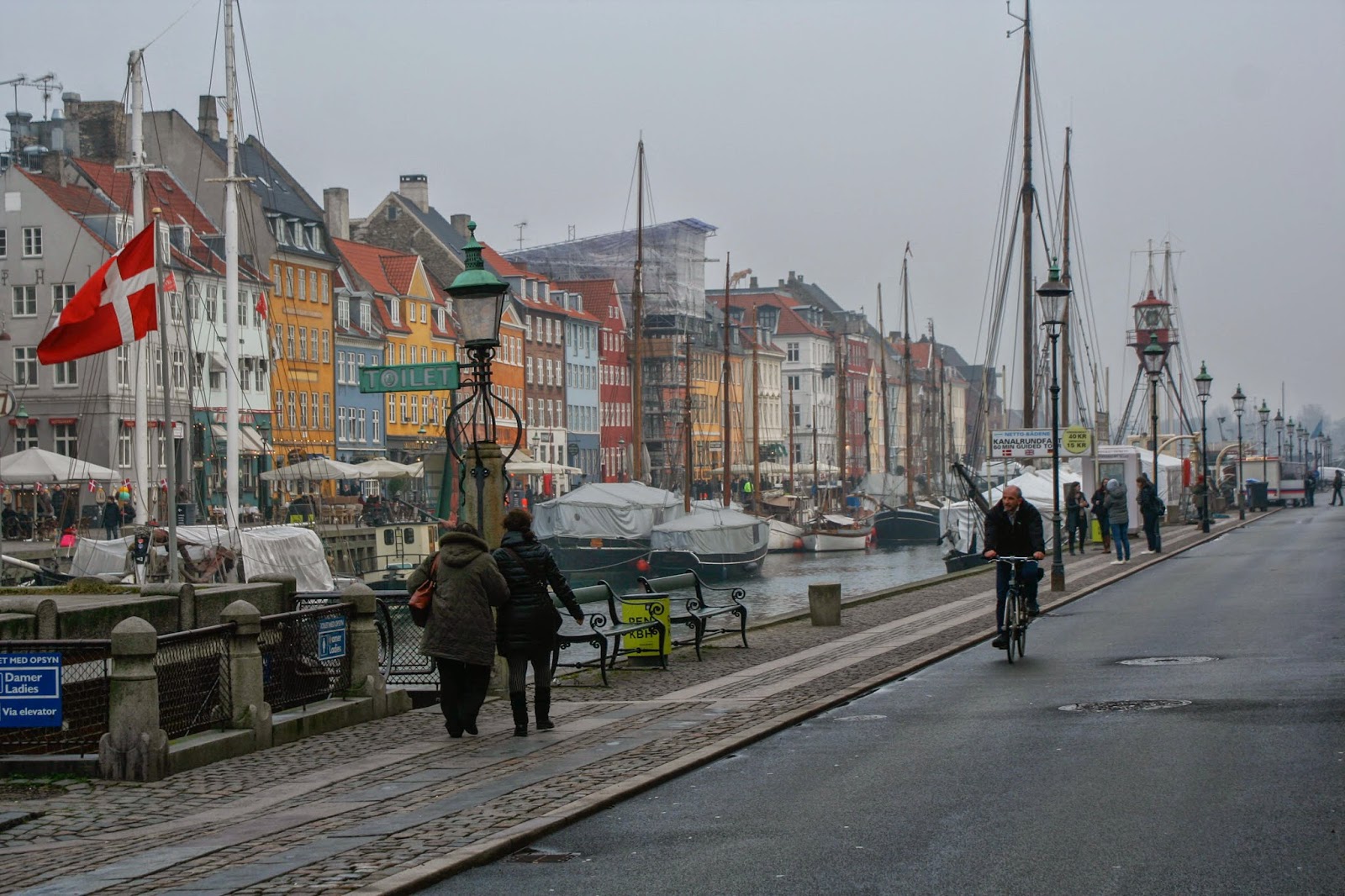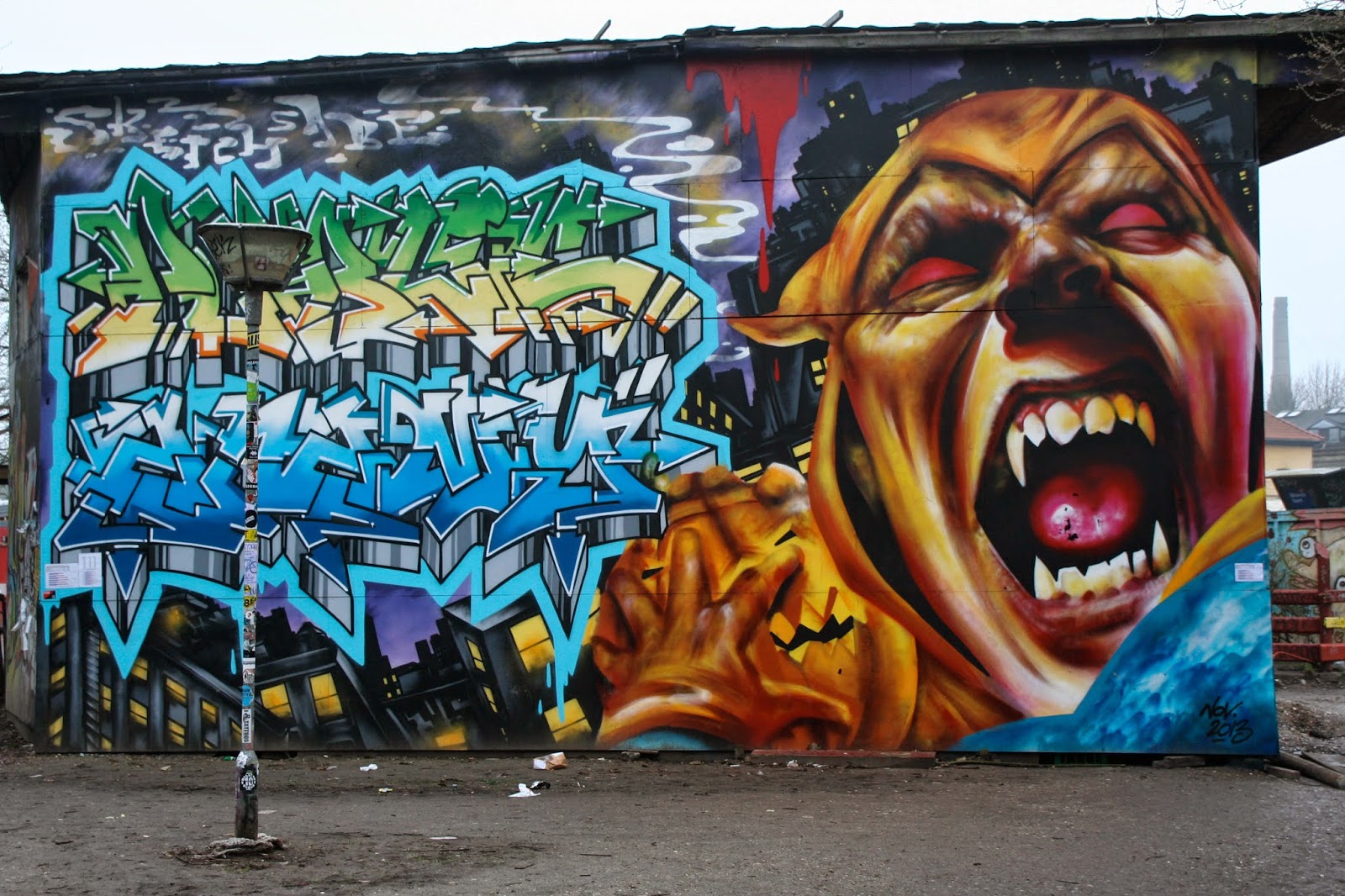Most people wouldn't jump at the opportunity to visit Northern Sweden at the end of February, in the heart of the Arctic winter. However, it is a great time, maybe around the best time of the year actually, to visit Kiruna and Swedish Lapland. The food was excellent, showcasing a surprising diversity of local ingredients. There are also plenty of cross-country skiing, dog-sledding, and snowmobile adventure options outside of town. And if you're more in the mood for a social atmosphere, I have to be honest and admit I felt a little like James Bond while drinking high-quality cocktails at the IceBar. In my personal opinion, you can't go wrong with any of that.
Kiruna... the place is what it is now because of one thing, a mine. Kiruna, the northernmost town in Sweden, is first and foremost a mining town. Since the early 20th century, Swedish entrepreneurs have been making a fortune on iron ore extracted from the deep, dark holes in the ground in the middle of that enormous, manmade, tiered pile of earth seen here. I've heard that the Swedes still somewhat regret their decision to stay neutral during World War II... and Kiruna played a central role in that decision. During WWII, Kiruna, and more importantly its mine, played a strategic role and was a coveted piece of territory for both the Nazis and the Allies. Sweden maintained its neutrality by denying British troops access to Finland from Norway via Kiruna in 1940, for fear of Nazi retaliation and invasion. To give them credit, the Swedes also refused to transport Nazi soldiers north on their trains to help in the fight in northern Norway (see my post on Tromso and the surrounding area). However, the Swedes also sold iron, sourced from the mines in Kiruna, to Germany throughout the war... Iron used to make MG42s and Tiger tanks. They made a lot of money doing so. And they continue to make a lot of money now. Dollar signs always seem to win in any war.
But I wasn't there for money... no, I was there for science! I was in Kiruna for a radiation belts meeting, hosted at the Swedish Institute for Space Physics, and as part of that meeting, we got a tour of the EISCAT incoherent scatter radar facility... one of only a handful in the world.
Now into town. Central Kiruna... a not so bustling place in the middle of winter. However, it had some perks. The things I'd recommend are local food, beer or drinks, exploring the surrounding wilds, and the Icehotel. Other than that, there is the church...
The church was built over 100 years ago. It is a wooden building incorporating a double A-frame design.
Check out the detail on one of those statues... lovely
The church has a very interesting tower too. All of the architecture is uniquely northern European. The all-wood construction is like many other churches in Norway and Russia, the red paint is classic Scandinavian, and the dome on that tower is quite reminiscent of Russia's onion domes.
Now, heading out of town to the nearby village of Jukkasjärvi and its main seasonal attraction, welcome to the Icehotel. Kiruna is probably most famous for this, even though most people have no idea it's in Kiruna. The entire building, consisting of over 80 guest rooms plus halls, a chapel, and a bar, are made only of ice and snow. The ice, which is remarkably clear, is sourced from the wide Torne River, which runs adjacent to the village.
The Icehotel is really a series of ice bunkers connected by tunnels. The main structural components are formed by spraying a slush over huge metal forms. When the slush freezes into the snowy shell, the metal is removed. Ice-glass blocks are used to make vertical walls, columns, tables, chairs, bed frames, drinking cups, and decorations. The doors are about the only thing in the buildings not made of ice. And reindeer hides are used as padding, bedding, and additional decoration.
Inside the main tunnel. The Icehotel design changes every year, so seeing it once means you saw it once. The design you witnessed will melt away in the spring and summer and be replaced by something completely different next winter. I was really, really impressed by the whole thing. I mean, just look at that... first of all, it's huge. Second, look at the ice-glass columns, fountain, and unicorn statue at the far end of the hall... a lot of time and detail went into this place. It is kind of like the ultimate snow fort, which, for a guy who grew up making snow forts, added that bit of childhood nostalgia to the whole experience.
Oh, and yes, those are indeed ice chandeliers.
Notice the decorative detail on the wall and fountain. Several times, I was left somewhat stunned thinking about the amount of work that obviously went into the place.
Now, off to the rooms. This is looking down one of the ice tunnels lined with guest rooms.
The rooms themselves range from lavishly decorated to relatively simple to outright insane. Most of them have a nice touch of humor too... the comic relief is probably useful considering guests are paying to spend the night on ice-hard (literally) beds in sub-zero temperatures with essentially no comforts offered by a typical hotel room. I guess it's an experiential thing.
Well, I guess there are some of the standard "comforts"... there is some other furniture in there too, like these chairs and table.
Did I mention some of the rooms are outright insane? This was one of them... many of the rooms are themed, like this one on the cinema.
This was one of my favorite beds... that partial ice block sphere is just fantastic.
This room was called "Pole Dancing" and featured dancing polar bears... one of which (behind the camera) actually was dancing on a pole.
Then there was this one, themed on the London Underground.
The bed was inside the train!
I mentioned those little touches of humor... this cartoon was one of my favorites.
I don't really know what was going on in this one, but it was still neat.
If you feel like escaping the not-so-warm comfort of your room, you can head over to the bar...
Welcome to the Icebar, where the bar and even the glasses are made of crystal clear ice.
The Icebar had a sushi theme this year (Winter 2013/2014). The story behind the theme was written on the wall, and the giant chopped up fish sculpture was the centerpiece of the theme.
The drink menu had some very interesting options... for some reason, they didn't offer any hot drinks though! Wonder why that was... These were definitely the most expensive cocktails I've every purchased though... around $18 or more per drink. Tasty though and nice and cold. Just make sure you have some well-insulated gloves to hold the glass!
There is even a chapel for weddings and other religious ceremonies and occasions... this is located in a structure separate from the main one.
Inside the ice chapel.... I loved the angular design... very focused on the altar.
One thing I was not expecting from Northern Sweden was amazing food, but was I ever wrong in that assumption. Kiruna cuisine focuses on local, seasonal ingredients and Lapland specialties. I wouldn't figure that there were many seasonal ingredient options in the winter, but it was actually pretty rich. Pickled and root vegetables, berry preserves, and dried mushrooms were on many of the menus, and then there was all the fresh local game. I was amazed and absolutely delighted by the food up there.
This was at the Jukkasjärvi Wärdshus och Hembygdsgård restaurant near the Icehotel. This charcuterie platter featured reindeer cuts from all parts including heart and liver and lots of fatty spreads and hard cheese. The main courses there included options such as Arctic char with apple cider sauce, reindeer filet with lingonberry sauce and Arctic shitake mushrooms, plus whatever local berries or mushrooms are currently available (in season). We were there in the middle of the winter, so it was mostly dried and preserved or fresh game on offer. The food was phenomenal. They have plenty of local beer options up there too... there are micro-breweries throughout northern Sweden and Norway, and the locals really do a lot to help promote them. Oh, and the beers were excellent too!
Back in Kiruna at Landstroms restaurant, I started the meal with a ptarmigan carpaccio... which was amazing. Ptarmigan was not like any bird meat I've ever tasted... it was soft, almost buttery smooth, and quite rich, plus it had that deep red color. Someone could have told me it was some kind of mammal, and I would have believed them. For dinner there, I had a perfectly cooked reindeer filet with lingonberry sauce and creamy stewed mushrooms. Incredible. Kiruna was a neat place... I think you'd have to be a real winter enthusiast to devote a trip there, but it really seems like winter is the best time to visit. It was cloudy the entire time I was there, but Kiruna is also one of the better places in the world to experience the aurora borealis... so that is definitely a plus too (and yet another reason to go sometime during the winter half of the year for the darkness that comes with it). It would be neat to compare with summer though, when you can experience the midnight sun and enjoy hiking through the surrounding wilderness interspersed with some stops for berry picking and mushroom hunting. All in all, I was quite satisfied with Kiruna... it is an interesting little town in the middle of beautiful, polar nowhere.






































































